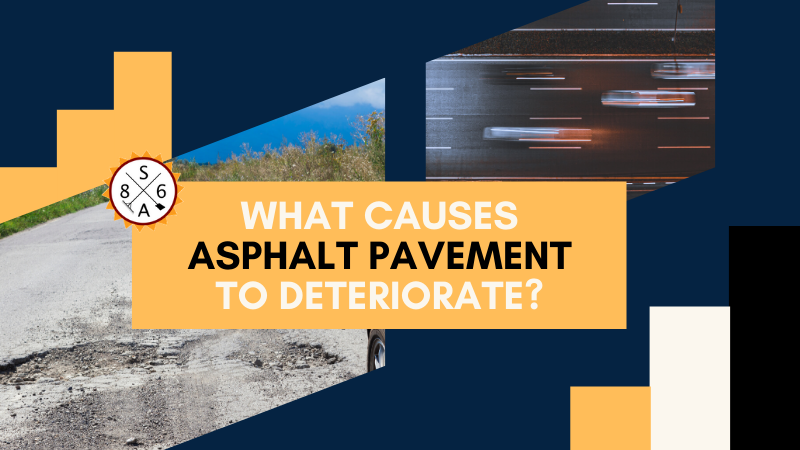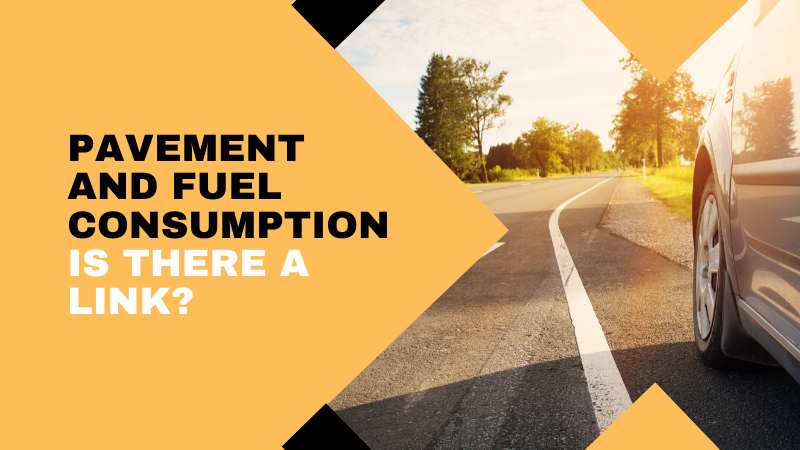
Apr 24, 2020 | Asphalt Paving
Asphalt pavement is the most commonly used material the world over for roads, airport tarmacs, parking lots, and driveways because it is very durable, resilient, cost-effective, and quick and easy to put down. When proper inspection and asphalt maintenance is...

Apr 8, 2020 | Asphalt Paving
Fuel efficiency in motor vehicles has been a major concern ever since the 1970s and has garnered even more attention in recent years due to the global warming debate. Interested parties include environmentalists, government agencies, vehicle manufacturers, the...

Mar 25, 2020 | Asphalt Paving
No matter why or where you are building a parking lot or sidewalk, sealcoating the edges is important for various reasons. By simply adding a thin liquid layer over the paved surfaces, sealcoating can help you maintain your parking lot or sidewalk for many years to...

Mar 12, 2020 | Asphalt Paving
Keeping a run down and the disheveled parking lot is a risky proposition. Holes in the asphalt can cause blown out tires, which is a nuisance and can lead to unnecessary tire repair requests. Customers tripping and falling on your property is even worse because they...

Feb 25, 2020 | Construction
Do you need to remove paint on concrete, but you aren’t sure where to start? There are a number of methods for stripping it. These create a clean surface ready for repainting or concrete repair. Some important factors include: How much surface area you’re dealing with...









